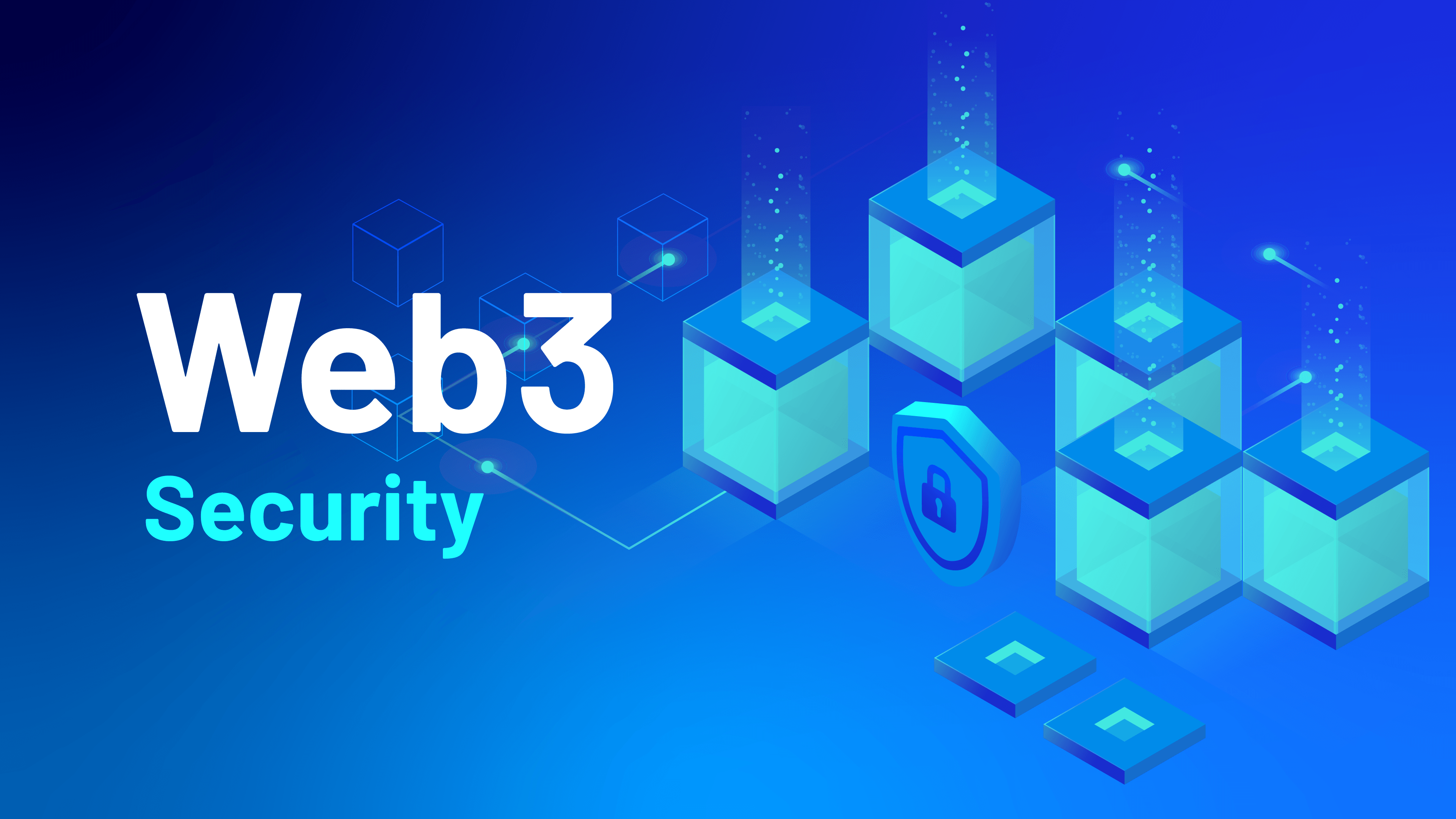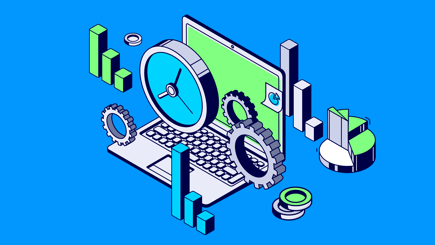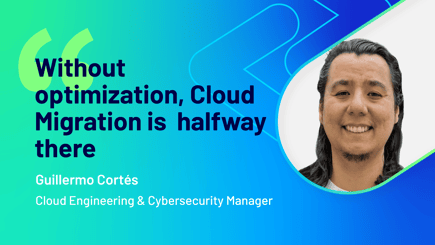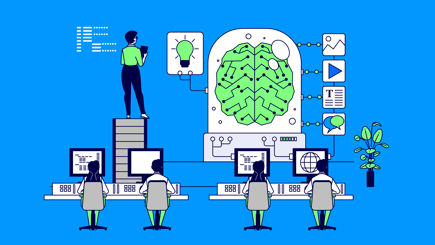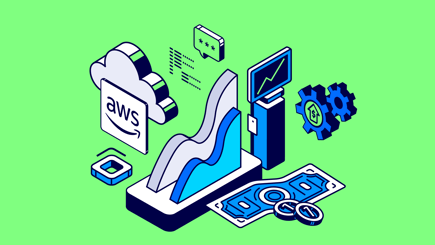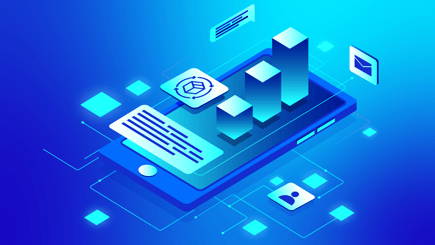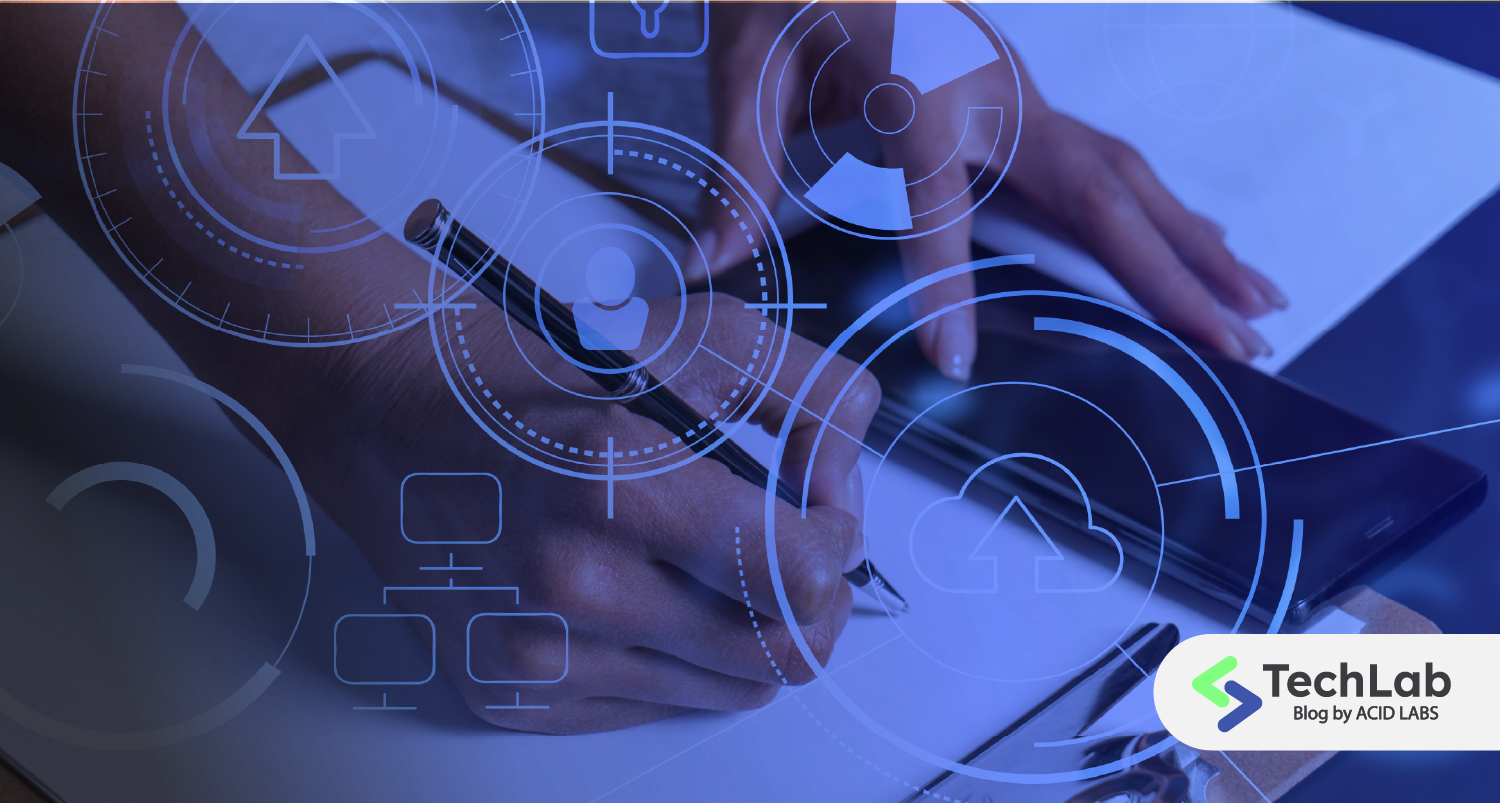
Headless Commerce: Creating the Best Purchase Experience
Headless commerce is a functional way of enriching the purchase experience in electronic commerce. Have you heard of it? If you haven’t, here you will discover what it’s all about and how it can enhance your eCommerce’s applications.
To start off, it’s important to mention that Headless commerce involves severing the front-end from the back-end, with the goal of offering unforgettable purchase experiences and agile, quick, flexible responses to satisfy the increasingly complex needs of users.
Before moving on, it’s important to take stock of the following definitions:
-
Front-end
Refers to the online store itself and the limitless universe that can complement it: mobile apps, social media, smart devices, among others.
- Back-end
It includes all systems, technological processes and tools that manage the operations and functionalities of an eCommerce, ensuring its optimal performance at all times.
How Headless Commerce Works
It’s a team effort between developers and designers, as the secret to Headless Commerce is that it centers on an API and specialized tools that, when combined, can create coordinated experiences which facilitate the purchase experience and meet the final buyer’s expectations.
This integrated functionality lets the development team work faster and enjoy more autonomy in their use of tools, with APIs and integrations done alongside external providers. Similarly, the design team can focus on improving the user experience, invigorate interaction with the platform and drive user conversion through creative, innovative strategies.
It’s also worth noting that Headless commerce manages electronic commerce content in a simple way based on the business’s strategic objectives. Headless stores allow for the integration or unification of essential tools such as:
- Content managers (CMS)
- Web applications (PWA)
- Client relation managers (CRM)
- Platforms specializing in digital experience
4 Benefits of Headless Commerce
The benefits of implementing a Headless commerce are countless, but there are four that are essential to any kind of electronic commerce. Take note and keep it going!
1. Faster Purchase Process
Separating the front-end from the back–end saves substantial time and eliminates inter-reliance. This enables the agile generation of new experiences, accomplishing purchases in just a few short steps, increasing the sales flow and guaranteeing the end client’s total satisfaction.
2. Cut Costs on IT Support
With Headless commerce, interface management becomes more intuitive and easy, which means significant savings in time and costs, given that development can take just a few clicks or simple coding.
3. Omni-Channel Experience
Headless commerce facilitates omni-channel strategies, as its multiple technological alternatives can serve as a point of contact for the client which, when handled assertively, translates to a conversion opportunity.
4. Integration of Digital Channels
Headless commerce lets you integrate digital channels regardless of their nature, thus facilitating the creation of quality content without needing to deploy tools separately, as everything is concentrated in one headless interface.
An Example of Headless Commerce
If you choose Adobe Commerce to implement and manage your electronic commerce, then you should know that it lets you offer fluid client experience on all channels and devices that make up your Headless commerce.
You may ask: What difference does this make?
- - It offers flexibility for creating any personalized experience on the user interface.
- - The points of contact use the same API or connections, ensuring coherent and optimal experiences and across all digital points of contact.
- - It guarantees a higher scalability, as Headless commerce APIs offer the necessary high standards of performance and efficiency.
- - It can create an interface that displays the electronic commerce in strategic points of contact: IoT, augmented reality, virtual reality or other connected interfaces.
- - It offers the freedom to design and explore new experiences without restriction or underlying limitations.

